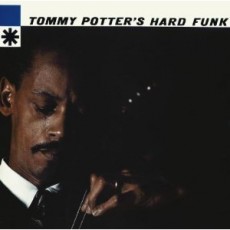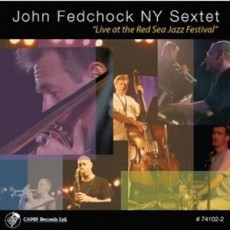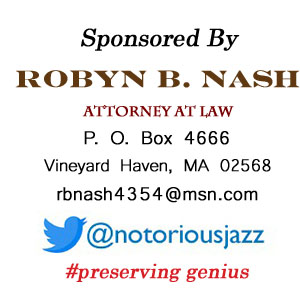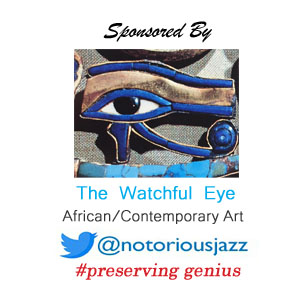
From Broadway To 52nd Street
Heading into a new era of entertainment as bootleggers came to prominence, more and more New Yorkers patronized the emerging speakeasies due to the ratification of the 18th Amendment and the Volstead Act. However, strict the government became during the thirteen-year period of Prohibition, patrons continued their outings to the theater. On December 12, 1924 the audience filled the Liberty Theatre for the successful opening night of Lady Be Good and the show ran for 330 performances. The show starred brother and sister team, Fred and Adele Astaire, Walter Catlett and Jayne Auburn performing to the music of George and Ira Gershwin, that produced the tune Fascinatin’ Rhythm.
The Story: In this play we follow Dick Trevor rebuffing his landlady, Josephine Vanderwater. She evicts him and his sister Susie from an apartment she owns. By coincidence, both have the same lawyer, Jack Watty. So Dick sets about righting matters and as Watty is in a jam, his fee to the moneyless Trevors is that Susie poses as a Mexican. In the end, Susie marries Jack and Dick ditches Josephine permanently for his true love, Shirley.
Broadway History: As American ventured further into the early 20th century, in 1910, Flo Ziegfeld took one of the greatest gambles of his career and offered a contract to Bert Williams, who became an instant hit in the Follies that year and continued to delight audiences for seven nearly consecutive editions. Bringing an enormous body of comic material to the Follies, Williams separated himself from the plethora of black comedians by bringing a quiet dignity to his characters and to himself, on and off the stage.
Although considered one of the gang by his fellow entertainers, Bert understood the tenor of the country at that time and stipulated in his contract that he would never appear on stage alone with a white woman and in turn Ziegfeld released him from touring the South. It was W. C. Fields who said, “Bert Williams was the funniest man I ever saw and the saddest man I ever knew.”
Sponsored By
www.whatissuitetabu.com
More Posts: broadway

Daily Dose Of Jazz…
Tommy Potter was born Charles Thomas Potter in Philadelphia, Pennsylvania on September 21, 1918. He began on the bass fairly late, originally playing piano and guitar and not switching to bass until he was already 21 in 1940. He played with John Hardee and Max Roach before joining Charlie Parker’s “classic quintet”, first playing with him in 1944, then John Malachi and Trummy Young before hitting with Billy Eckstine’s band fro ’44-45 with Dizzy Gillespie, Lucky Thompson and Art Blakey, and worked with Miles Davis between 1947 and 1950.
In the 1950s he remained in demand though never a major soloist himself on the level of an Oscar Pettiford, Potter was really an advanced swing stylist who was flexible and skilled enough to keep up with Parker’s rapid tempos.
Potter performed and recorded with such notable jazz musicians including Earl Hines, Artie Shaw, Bud Powell, Count Basie, Sonny Rollins, Stan Getz, Max Roach, Eddie Heywood, Tyree Glenn, Harry “Sweets” Edison, Buck Clayton, Wardell Gray, Fats Navarro and Charles Lloyd.
After playing in a Charlie Parker memorial group in 1965, he gradually dropped out of music, becoming semi-retired and on March 1, 1988 double bassist Tommy Potter passed away.
More Posts: bass

Daily Dose Of Jazz…
Billy Bang was born on William Vincent Walker on September 20, 1947 in Mobile, Alabama and while he was still an infant his family moved to the Bronx in New York City. As a child he attended a special school for musicians in Harlem and being small in physical size was assigned a violin instead his first choices, the saxophone or drums. It was around this time that he acquired the nickname of “Billy Bang”, derived from a popular cartoon character.
Billy studied the violin until he earned a hardship scholarship to a private high school in Stockbridge, Massachusetts, at which point he abandoned the instrument due to a lack of a music program. He had difficulty adjusting to school life, encountering racism and developing confusion about his identity, and his later onset of schizophrenia.
Bang left the school after two years, attended a school in the Bronx, dropped out when he was drafted, at 18 joined the Army and arrived in Vietnam in time for the Tet Offensive. Returning from the war he became politically active, fell in with an underground group of revolutionaries, purchased weapons and impulsively bought another violin from the same pawnshop.
In 1977, Bang co-founded the String Trio of New York with guitarist James Emery and bassist John Lindberg, exploring his experience in Vietnam in two albums: Vietnam: The Aftermath and Vietnam: Reflections.
Free jazz composer and violinist Billy Bang passed away on April 11, 2011 from complications due to lung cancer. He is survived by a legacy of some three-dozen albums.
More Posts: violin

Daily Dose Of Jazz…
Helen Ward was born September 19, 1913 in New York City and was taught her piano by her father, appeared on WOR and WNYC radio broadcasts and also worked as a staff musician at the latter. Helen started singing in Benny Goodman’s first band in 1934 and became one of the first popular swing “girl singers”, as they were then called, and among Goodman’s most popular.
Ward and Benny had a brief romance and he came very close to proposing marriage to her in either 1935 or 1936. However, according to Ward in the documentary, Adventures in the Kingdom of Swing, he called it off at the last minute, citing his career. She married financier Albert Marx the following year and left the band.
In 1938, Marx arranged for Goodman’s Carnegie Hall concert to be recorded for her as an anniversary present. That recording was later released as a dual LP set by Columbia Records in 1950. During the 1940s, Ward worked with the bands of Hal McIntyre and Harry James and became a radio show producer for WMGM in 1946-1947.
Following her divorce to Marx, Ward later married the audio engineer William Savory, who was part of the team that invented the 33⅓ rpm long-playing record. She sporadically did studio work, occasionally toured with Goodman, worked briefly with Peanuts Hucko but effectively retired in 1960. A brief return in the late 70s and early 80s saw her singing in New York clubs and released her final album The Helen Ward Song Book Vol. I. Vocalist Helen Ward died April 21, 1998 in Arlington, Virginia.
More Posts: vocal

Daily Dose Of Jazz…
John Fedchock was born on September 18, 1957 in Cleveland, Ohio and earned his degree in music education from Ohio State University. He holds a master’s degree in Jazz Studies and Contemporary Media from the Eastman School of Music.
Fedchock began his career as a trombonist in 1980 working for several years in the Woody Herman Orchestra, becoming noted for his arrangements. He has worked and toured with T.S. Monk, Gerry Mulligan, Louie Bellson, Bob Belden, Rosemary Clooney and Susannah McCorkle among others. He has also been a part of the Manhattan Jazz Orchestra and the Carnegie Hall Jazz Band.
An avid educator, he is in demand as a clinician at colleges and universities, was the trombone chair for the IAJE Resource Team, a board member of the International Trombone Association and is a trombone instructor at Purchase College and Temple University. As a leader John recorded his first album in 1992 with the New York Big Band, which remains active to the present. He has followed with a half dozen more recordings and continues to perform, record and tour.
More Posts: trombone






